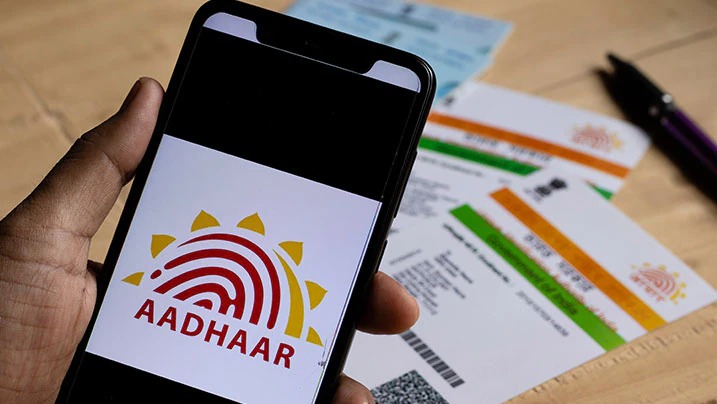A senior official confirmed that the Philippines and Morocco had become the first two countries to start building similar unique identifier systems for their citizens using Aadhaar’s open-source technology architecture.
The Modular Open Source Identity Platform (MOSIP) of the Indian Institute of Technology, Bangalore (IIT-B) and the Unique Identity Authority of India (UIDAI) are supporting the implementation. Armed with the necessary technology stacks, these countries are developing independent platforms to improve life’s convenience and give citizens a legal identity.
“Global outreach and helping other countries is one of the five pillars of Aadhaar 2.0. We have reached out to eight to ten countries from different parts of Asia and Africa to understand what Aadhaar is and how they use the Aadhaar architecture,” said the official.
He added that Togo, Kenya, Vietnam, Sri Lanka and Singapore are some countries that have shown interest in adopting similar unique identity platforms. Brazil, Egypt and Mexico are also in discussions with the Indian government to understand the structure of Aadhaar.
This is a major development in the government’s push to build India’s public digital infrastructure at the G20 summit. As mentioned earlier, the Ministry of Electronics and Information Technology (MeitY) has also launched the G20 Digital Innovation Alliance (DIA), focusing on priorities such as digital public infrastructure (DPI), cybersecurity and digital skills development.
The government is making the India stack available to other countries, including open-source software application programming interfaces (APIs) for various government-backed services such as Aadhaar, Unified Payments Interface (UPI), eSign, DigiLocker, and more. The open-source model creates various computer languages, architectures, APIs, libraries or dictionaries, user interfaces, and applications.
According to official figures, UIDAI currently records between 7 and 8 crore Aadhaar authentications daily. Aadhaar authentication submits the Aadhaar number and the Aadhaar holder’s identity data (such as biometric or demographic information) to UIDAI for matching. After that, UIDAI verifies that the number matches the information of the Aadhaar holder.
The official said there was growing global interest in Aadhaar architecture as countries strive to meet the United Nations Sustainable Development Goals to ensure “legal status” for all by 2030.
Since the first Aadhaar number was issued in September 2010, by June 2022, more than 133 crore Aadhaar cards have been given. While the death toll may have reduced the actual number of Aadhaar number holders, the Aadhaar enrolment of adult residents of India is close to 100%. Therefore, the government has planned a framework for the next chapter of UIDAI. Continuing to provide simplicity to residents, increasing usage, increasing trustworthiness and technology, and scaling abroad are key areas of focus going forward.



